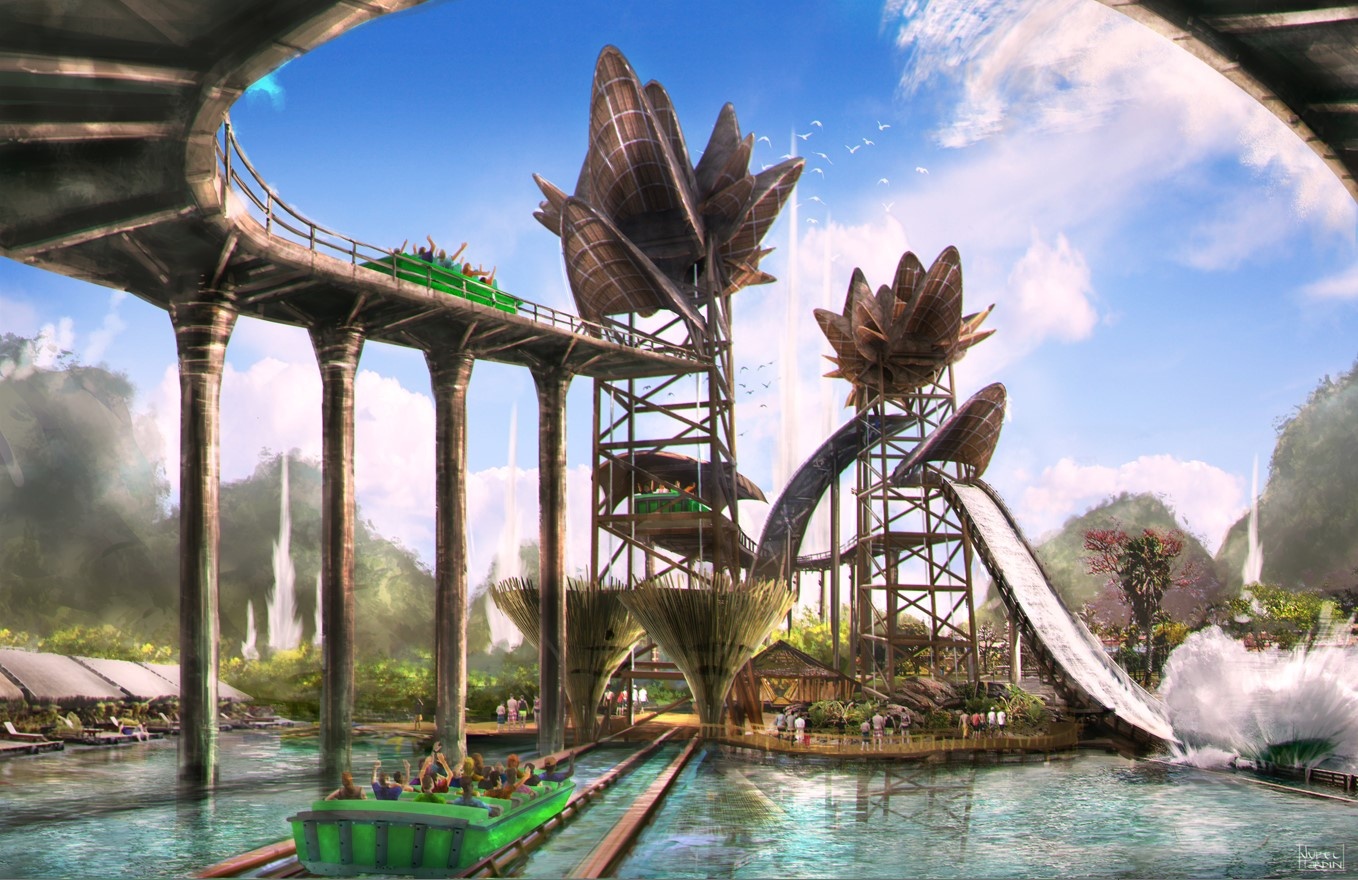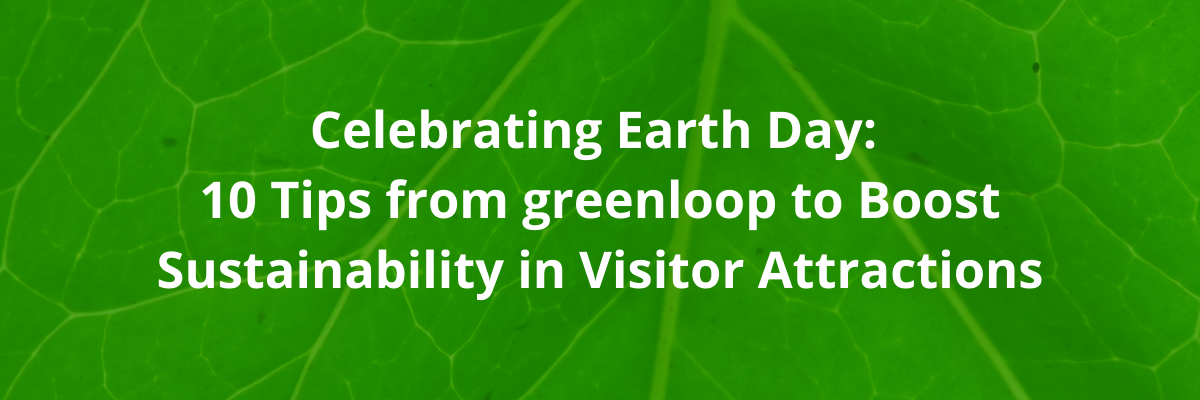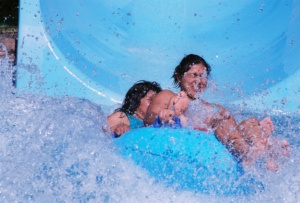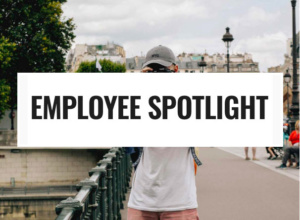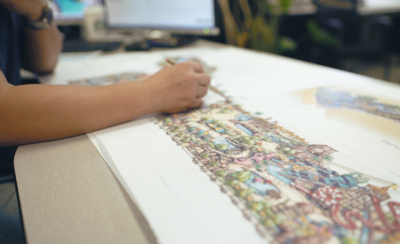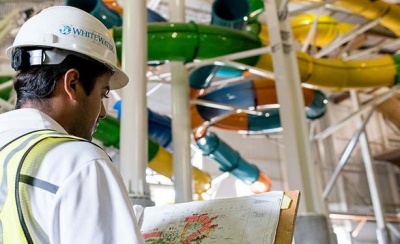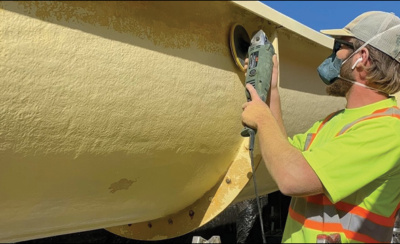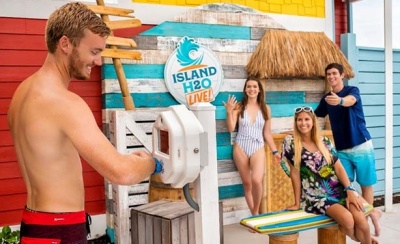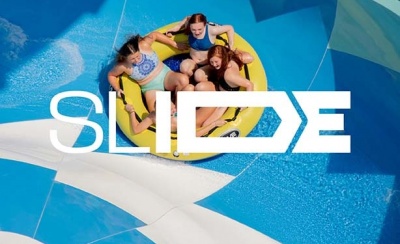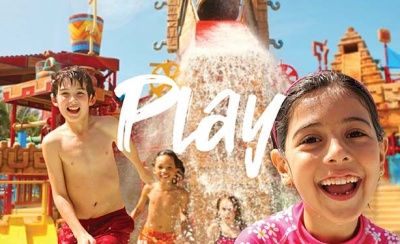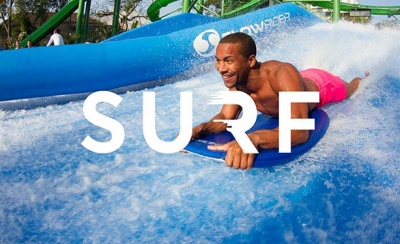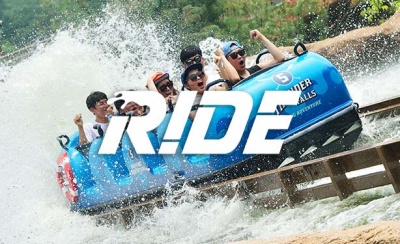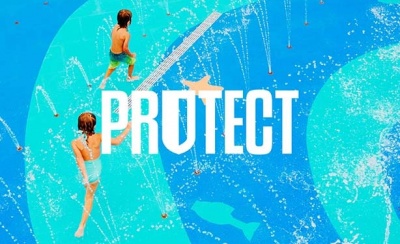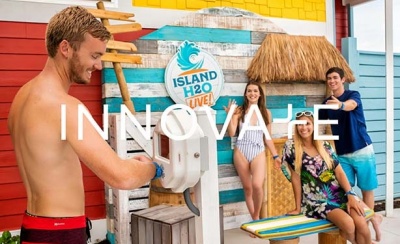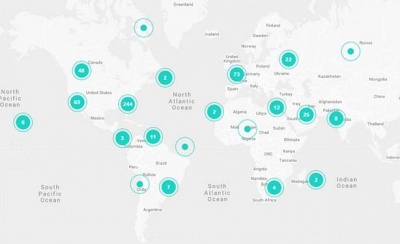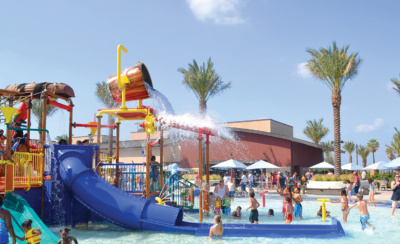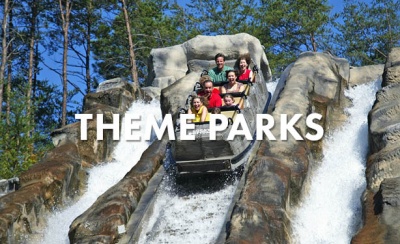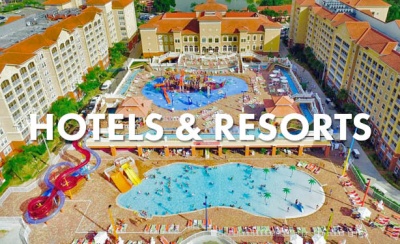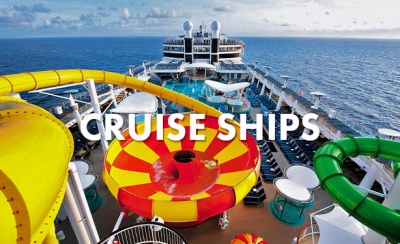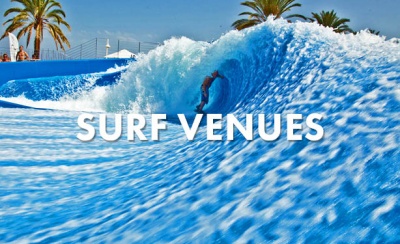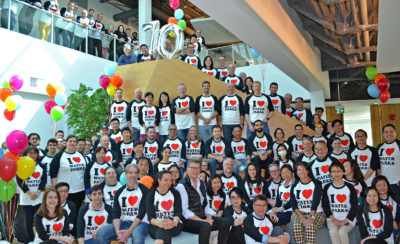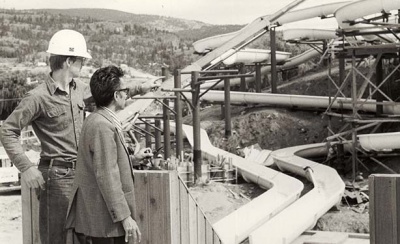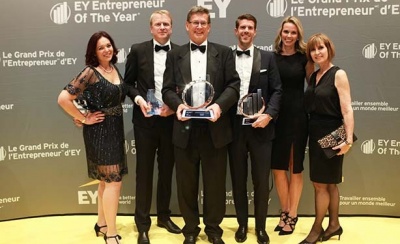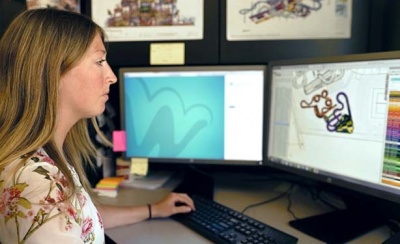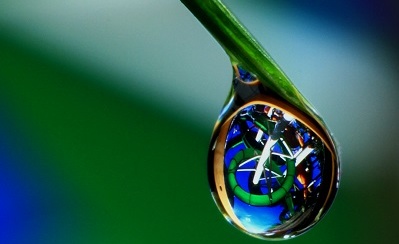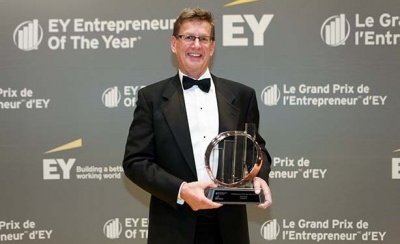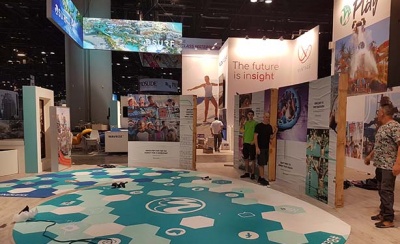Celebrating Earth Day: 10 Tips from greenloop to Boost Sustainability in Visitor Attractions
First celebrated in the 1970s, Earth Day has become an important day in our calendars, serving as a reminder for the immediate need for environmental protection.
This past week our team attended greenloop, one of the first online conferences dedicated to the topics of sustainability and conservation in the amusements industry. As part of this two-day initiative, WhiteWater hosted a session, presented by Franceen Gonzales and Kelly Williams, about practical ways in which water parks can operate more sustainably. To learn about how water parks can save power, water, and money, watch the webinar:
With so much important information presented by industry leaders from Walt Disney Imagineering, PortAventura, and more, we wanted to share our top 10 learnings from the event:
1. Sustainability may be a technical topic, but it can be woven into your park’s story.
Emily Dow, Design Studio Executive for Walt Disney Imagineering, detailed how Disney is beginning to look at ways to integrate their environmental initiatives into some of their beloved stories. One of the latest instances of this idea is the new walkthrough attraction coming to Epcot inspired by Moana. Showcasing the Journey of Water, the new expedition trail will consist of a lush walk-through environment that educates guests about the water cycle and how it sustains our world. By tying sustainability into the narrative, visitors can see the impact of conservation in a fresh and inviting way.
2. Sustainability does not have to be complicated.
One of the biggest takeaways of many of the sessions was that small changes can make a big impact. Not every company has the size or budget to revamp their operations. Nonetheless, small actions can still be taken to help protect the planet whether that be looking at how to reduce your waste, adding solar canopies onto the parking lot (i.e., Disneyland Paris), or using smaller solar panels to power your kiosks.
3. Water loss is not the same as water usage.
Water parks do not use as much water as you may have been led to believe! The WhiteWater team shared that the water is the initial filling up of your pools, which is a one-time investment. Water loss on the other hand, is about replenishing the water that you lose from operations. This is a repeating cost and a big sustainability hit as it requires more chemicals, replenishment of water, systems, power, and drainage. The team gave parks an easy rule of thumb to see if they should be evaluating their water loss by looking at damage to vegetation. By looking for corrosion in the nearby fence or grass browning underneath the slide, parks can identify if their slides are experiencing significant water loss and combat them by adding risers, stopping leaks, or looking at nozzle design to become more sustainable.
4. Technology can be your friend.
As technology gets smarter and smarter, so too can your operations. Kelly Williams, Water Slide Engineer at WhiteWater, detailed how Variable Frequency Drives (VFDs) can help a water park use, on average, 27% less power. VFDs allow you to change the motor speed, combining the benefits of an AC motor in terms of power density and reliability with DC motor benefits of enabling you to change the speed, so parts wear out slower and you save on power. VFDs are retrofittable on nearly every product from every supplier with an immediate power reduction. By looking at ways to implement new technology, parks can find new opportunities to help systemize their sustainability efforts and reduce their consumption of things like water and electricity.
5. Being green is good for the planet and the bottom line.
When you communicate why something may be more expensive, guests are more likely to be willing to make the purchase. According to David Rosenberg, Vice President at Monterey Bay Aquarium, the aquarium saw a need to move away from plastic water bottles opting for a slightly more expensive, reusable solution. Although this meant that guests now had to pay a higher price for water, this gave the aquarium a great talking point to promote their conservation initiatives. Plus, visitors were happy to get on board and continued to purchase water because the message of keeping plastic out of our oceans resonated with them.
6. Businesses should align with visitor’s expectations.
Having some kind of sustainability effort is becoming the expectation as guests look to support businesses that are protecting the planet. It is important to reaffirm to your guests that they made the right choice by visiting your park or attraction by communicating how their visit made a difference. Another learning from David Rosenberg, it was argued that sustainability creates long-term value in the minds of consumers by showcasing how a given organization operates in the ecological, social, and economic environment.
7. Protecting your products can be an easy win in protecting the planet.
To create the lowest impact on the environment, manufacturers should work with operators to extend the life of their attractions. In the water park sector, for example, fiberglass water slides can utilize maintenance efforts to extend their water slide’s lifespan from 20 to 40 years. By polishing and resurfacing slides and play structures, parks can protect the materials from UV damage and water deposit accumulation, ultimately reducing premature deterioration and effectively reducing the frequency of owners replacing attractions.
8. Think long-term.
WhiteWater’s Chief Experience Officer, Franceen Gonzales, made the point that we live in the world of instant gratification. It is not sustainable to buy an attraction, and if it does not work out, buy a new one the following year. The feedback loop in our industry is a long one—we must start today because we probably will not be seeing the benefits until much longer. It is important to say committed to thinking of sustainability as a long-term process and investing in it not only with your pocketbook, but with your heart, mind, and approach to your development. Sustainability should not just be a fad as you plan and design your park but a lifestyle.
9. Teamwork makes the dream work.
Walt Disney perhaps said it best that “conservation isn’t just a business of a few people, it’s a matter that concerns all of us.” For us to make a difference, we need to get the rest of our team on board and work collaboratively to create a better tomorrow. It is important to set up a dedicated sustainability team within your organization from different departments and integrate it to try and get buy-in from the entire organization.
10. Look to other organizations for tips and tricks.
The amazing thing about our industry, as briefly hit on, is that we do not have to go at it alone. Karen Fifield, Chief Executive at Wellington Zoo Trust, presented some great resources from the World Association of Zoos and Aquariums and United Nations about how organizations can begin to tackle the sometimes daunting topic of sustainability. Whether you begin by looking at your waste or plastic usage, remember that we are in an industry that is collaborative and creative. Continue to ask for help and new ideas so that we can work together to create a brighter tomorrow.
Keep the Momentum Moving Forward
At WhiteWater, today is just another day on our journey to becoming more sustainable. Our purpose has always been to create places where fun thrives—places where generations of families can enjoy a day out at the park, not just today but also well into the future.
To learn how you can improve your park’s sustainability efforts, we welcome you to send us an email at whitewater@whitewaterwest.com to get a free water and energy conservation consultation or visit whitewaterwest.com/en/sustainability to learn more about how our team is reaching our sustainability goals by looking at how we design our attractions and water parks.
Double Down
A New ClassicA timeless theme park attraction, we’ve doubled the fun of our Shoot the Chute water ride to create the most iconic splashes—yes multiple splashes—in the amusement industry.
Learn More
